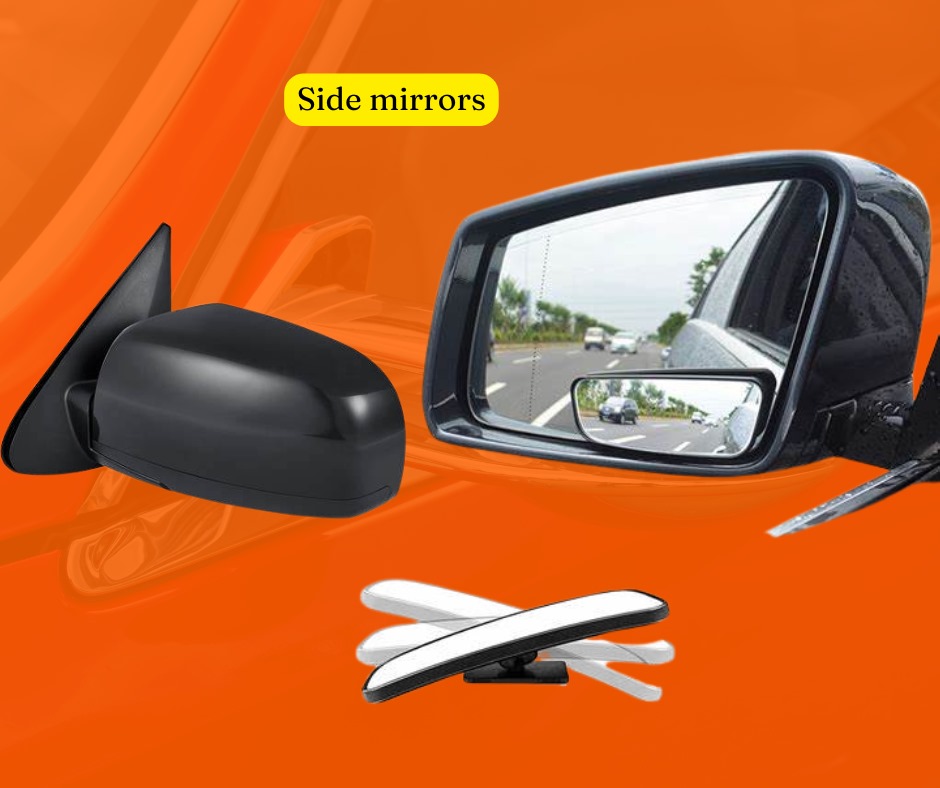Comparing Manual vs Electrical Side Mirrors

Discover the key differences between manual and electrical side mirrors and how they can impact your driving experience.
Overview of Manual Side Mirrors
Manual side mirrors are the traditional type of mirrors found on older or more basic car models. They require the driver or a passenger to physically adjust the mirror by hand to achieve the desired angle. These mirrors are typically operated using a small lever or by directly moving the mirror housing.
While manual mirrors are generally simpler in design and construction, they are still effective in providing the necessary rear and side views for safe driving.
Benefits and Drawbacks of Manual Mirrors
One of the main benefits of manual mirrors is their simplicity and durability. Without electrical components, there is less risk of malfunction or failure. This can result in lower maintenance and repair costs over the lifespan of the vehicle.
However, manual mirrors do have their drawbacks. Adjusting them can be inconvenient, especially if the mirror needs to be adjusted frequently or if the vehicle has multiple drivers. Additionally, manual adjustments may not be as precise as electrical adjustments, potentially compromising optimal visibility.
Exploring Electrical Side Mirrors
Electrical side mirrors are a more modern innovation, commonly found on newer and higher-end vehicles. They allow drivers to adjust the mirror angles using electronic controls, typically located inside the car. This provides a more convenient and precise way to achieve the perfect view.
Additionally, electrical side mirrors often come with advanced features such as heating elements to prevent fogging, integrated turn signals, and power-folding capabilities for tight parking spaces.
Advantages and Disadvantages of Electrical Mirrors
The primary advantage of electrical mirrors is the convenience they offer. With the push of a button, drivers can easily adjust the mirrors without needing to reach outside the vehicle. This is particularly beneficial in situations where quick adjustments are necessary, such as when switching drivers or towing a trailer.
However, electrical mirrors also have their disadvantages. They are generally more expensive to repair and replace due to the complexity of their components. Additionally, if the electrical system fails, the mirrors may become inoperable, posing a potential safety hazard.
Factors to Consider When Choosing Between Manual and Electrical Mirrors
When deciding between manual and electrical side mirrors, several factors should be considered. Budget is a primary consideration, as electrical mirrors tend to be more expensive initially and may incur higher repair costs.
Convenience is another important factor. If frequent adjustments are needed or if the vehicle has multiple drivers, electrical mirrors may offer significant advantages. Additionally, consider the availability of advanced features, such as heating or integrated signals, which can enhance safety and comfort.
Ultimately, the choice between manual and electrical mirrors will depend on individual preferences, driving habits, and budget constraints.

 Loading..
Loading..